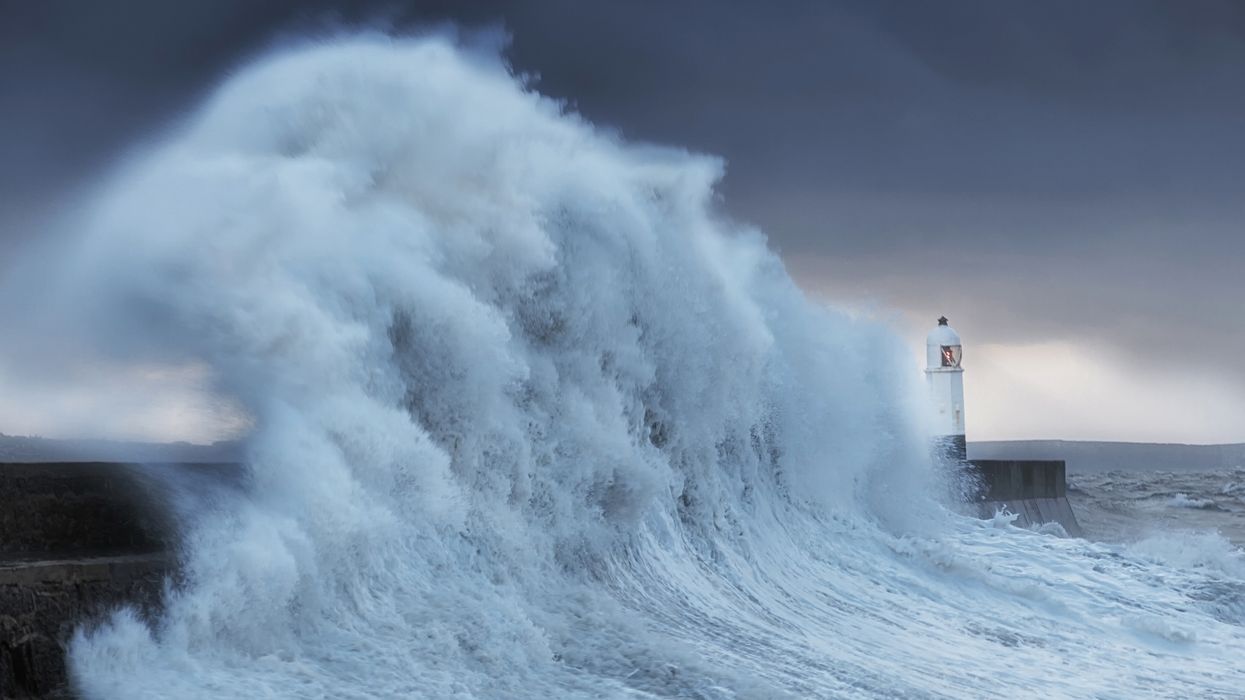Hurricane Teddy Could Throw Massive 10-Metre Waves At The Nova Scotia Coast
Canadians living on the east coast are preparing for the arrival of Hurricane Teddy. The storm system is expected to bring some intense weather. Massive waves as high as ten metres could be slamming against the coast, and people are being warned to steer clear.
In its most recent warning for the Halifax Metro area, released at 12:52 P.M. Atlantic time on September 22, Environment Canada predicts high storm surge levels off the coast, as well as waves reaching seven to nine metres, and potentially 10 metres in eastern areas.
Editor's Choice: Dr. Theresa Tam Says Canadians Must Follow Three Major COVID-19 Tips
The statement warns that these large waves will likely hit early on Wednesday as Hurricane Teddy moves closer to the province.
"Outside of the times for high tide, there is still a threat for very large waves, rough and pounding surf, and local overwash," it reads, "The public should exercise extreme caution."
The Nova Scotia Government's Emergency Management Office echoed this advice in a tweet warning south shore residents to stay away from the coast.
"South Shore residents are advised to avoid the coastline as high-water levels and potential storm surges are possible during Hurricane #Teddy," they wrote, "Stay off the roads unless necessary during the storm. #NSStorm."
Environment Canada makes it clear that this is a serious situation, and that the approaching storm surges and waves could cause damage along the shore.
Teddy will likely hit the waters south of Nova Scotia as a category two hurricane, which is defined by the Saffir-Simpson Hurricane Wind Scale as producing winds of anywhere between 154 and 177 km/h.
In addition to Nova Scotia, Prince Edward Island, as well as parts of Quebec and Newfoundland, have been issued tropical cyclone warnings.
Before Teddy's arrival, Canada's east coast already had to deal with the remnants of Hurricane Sally, which had turned to a tropical depression by the time it arrived, but still came with rainfall warnings.
* Cover image used for illustrative purposes only.

